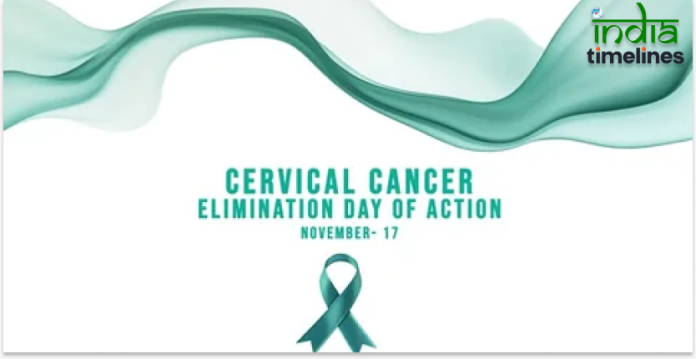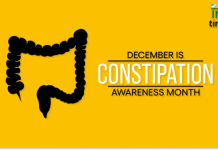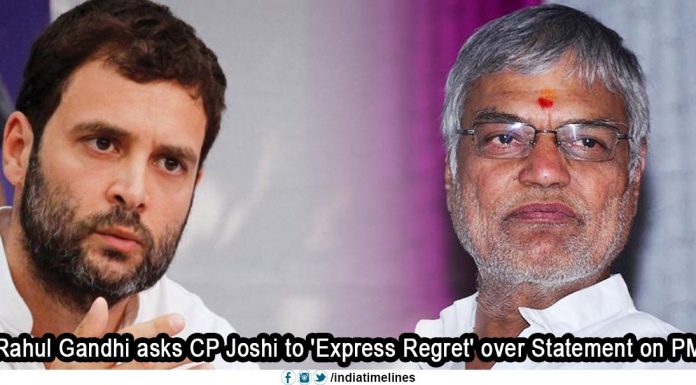
Cervical Cancer Elimination Day of Action is a powerful global initiative that shines a spotlight on the urgent need to eradicate cervical cancer. This awareness day, supported by the World Health Organization (WHO) and health organizations worldwide, emphasizes the importance of preventive measures, early detection, and accessible treatment for cervical cancer. The goal is ambitious yet achievable: to eliminate cervical cancer as a public health threat through coordinated efforts in education, vaccination, screening, and treatment.
The Significance of Cervical Cancer Elimination Day of Action
Cervical cancer is one of the most preventable and treatable forms of cancer if detected early and managed effectively. Despite this, it remains a significant health challenge, especially in low- and middle-income countries where access to healthcare may be limited. The Day of Action emphasizes:
- Raising Awareness: Bringing attention to cervical cancer as a preventable disease.
- Encouraging Vaccination and Screening: Promoting the HPV vaccine and regular screenings as effective methods to reduce cervical cancer incidence.
- Advocating for Access to Treatment: Supporting policies and initiatives that make cervical cancer treatment accessible and affordable for everyone.
Global Cervical Cancer Statistics: Why Elimination is Crucial
Cervical cancer affects hundreds of thousands of women each year. According to WHO, approximately 604,000 women were diagnosed with cervical cancer, and over 342,000 died from it in 2020 alone. Here’s why elimination is critical:
- Preventability: Cervical cancer is primarily caused by the human papillomavirus (HPV), which can be prevented through vaccination.
- Treatability: Early detection of cervical cancer through regular screenings can drastically improve treatment success rates.
- Impact on Women’s Health: Cervical cancer disproportionately affects women in developing countries, where healthcare resources are limited.
Key Strategies for Cervical Cancer Elimination
The Cervical Cancer Elimination Day of Action highlights a multi-faceted approach to eliminating cervical cancer, including:
1. Increasing HPV Vaccination
The HPV vaccine is safe, effective, and crucial in preventing HPV infections, which cause the majority of cervical cancer cases. Efforts to improve vaccination rates include:
- Raising Public Awareness: Educating communities about the safety and importance of the HPV vaccine for both girls and boys.
- Policy Support: Governments and organizations can facilitate free or low-cost HPV vaccines, especially in low-resource areas.
2. Expanding Access to Screening
Regular screenings, such as Pap smears and HPV tests, help detect cervical cancer in its earliest, most treatable stages. Key actions include:
- Increasing Accessibility: Expanding access to affordable screenings in underserved areas.
- Community Outreach: Engaging local communities to promote the importance of routine screenings for women over the age of 21.
3. Improving Treatment and Care Access
Once detected, cervical cancer can often be treated successfully, especially when caught early. Strategies to improve treatment access include:
- Building Healthcare Infrastructure: Supporting healthcare facilities and professionals to deliver quality care, especially in remote and underserved areas.
- Financial Support: Developing policies to reduce the cost of cancer treatments, making them accessible to all women.
4. Enhancing Education and Advocacy
Public awareness and education play a crucial role in changing attitudes and behaviors related to cervical cancer prevention. Advocacy efforts include:
- Public Campaigns: Developing campaigns that educate people about the importance of HPV vaccination, regular screenings, and early detection.
- Community Leaders: Involving influencers, healthcare professionals, and community leaders to spread awareness and encourage preventive practices.
The WHO’s Global Strategy to Eliminate Cervical Cancer
The World Health Organization launched the Global Strategy to Accelerate the Elimination of Cervical Cancer, which includes three main targets to be met by 2030:
- Vaccinate 90% of girls with the HPV vaccine by age 15.
- Screen 70% of women by age 35 and again by 45 with high-performance tests.
- Treat 90% of women with precancerous lesions and manage 90% of invasive cancer cases.
Achieving these targets would reduce cervical cancer cases by over 40% in the next century, saving millions of lives.
How Individuals Can Support Cervical Cancer Elimination
While large-scale initiatives are essential, individuals can also play a part in supporting cervical cancer elimination by:
- Getting Vaccinated and Regular Screenings: Prioritizing one’s own health by scheduling regular screenings and vaccinations.
- Raising Awareness: Using social media platforms and local events to share information about cervical cancer prevention.
- Supporting Legislation: Advocating for policies that increase access to cervical cancer prevention and treatment services.
India Time Lines
Conclusion
Cervical Cancer Elimination Day of Action serves as a powerful reminder that the eradication of this preventable disease is within reach. Through HPV vaccination, regular screening, accessible treatment, and public education, we can ensure that cervical cancer becomes a thing of the past. Together, we can protect future generations and create a world where cervical cancer no longer claims lives.
FAQs
1. What is Cervical Cancer Elimination Day of Action?
It is an awareness day aimed at educating people about cervical cancer prevention, advocating for HPV vaccination, screenings, and accessible treatments to eliminate cervical cancer as a public health issue.
2. How does the HPV vaccine help in preventing cervical cancer?
The HPV vaccine protects against the high-risk HPV strains that are responsible for most cases of cervical cancer, making it one of the most effective preventive measures.
3. What are the recommended screenings for cervical cancer?
Women are encouraged to undergo Pap smears and HPV testing to detect any abnormal cells early, especially if they are over the age of 21.
4. Who is most at risk for cervical cancer?
While cervical cancer can affect any woman, those who have not received the HPV vaccine, lack access to regular screenings, or live in low-resource areas are at higher risk.
5. How can I support cervical cancer elimination efforts?
You can support efforts by staying informed, advocating for HPV vaccination and screenings, and spreading awareness about cervical cancer prevention and early detection.



































